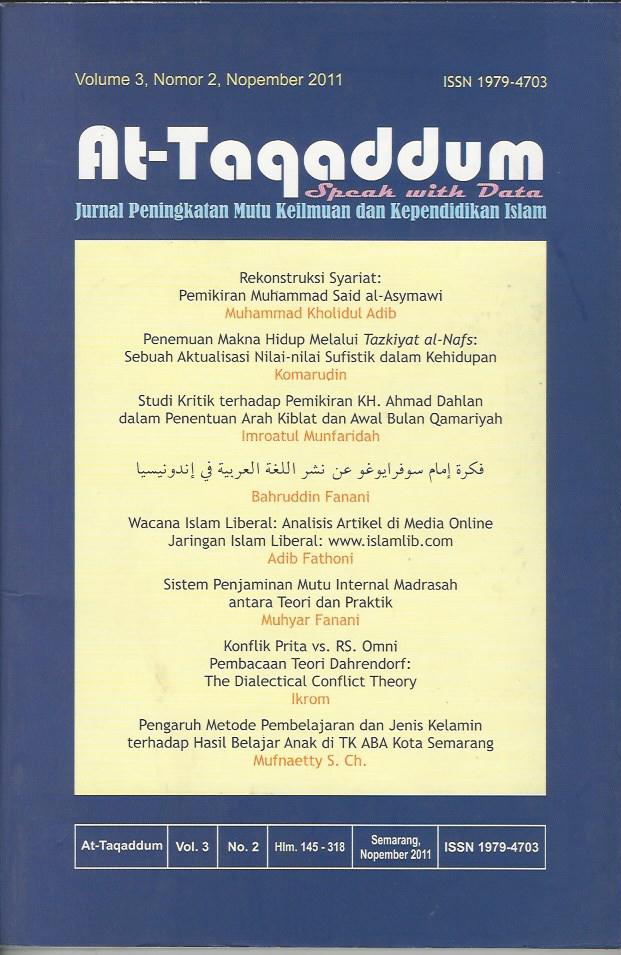KONFLIK PRITA VS RS. OMNI ; PEMBACAAN TEORI DAHRENDORF : THE DIALECTICAL CONFLICT THEORY
DOI:
https://doi.org/10.21580/at.v3i2.500Keywords:
dialectics of conflict theory, conflict theory – consensus, superordinated, subordinated, social-conflict.Abstract
Conflict Prita Vs RS. Omni was originally not exactly examined by using the theory of dialectical conflict Dahrendorf. Since the theory of Dahrendorf associated with communities in the perspective of the group, Dahrendorf theory does not say much about society as individuals. ICA concept implies the statement. But when the conflict turned into a social conflict Pritchard – because of the support of empathetic communities - then the case can be observed with the Dahrendorf's theory.
The writer limits the discussion on the three (3) pillars of the thought of Dahrendorf, namely, the theory of social conflict, the two communities face - conflict and consensus, and the dialectics of conflict with social change. The social conflict theory of Dahrendorf relies on the concept of class. Dahrendorf class concept is based on the basis of positions (roles) and authority. Thus Dahrendorf class is dynamic. Class is not settled on an individual or group, but moved around according to the position, role, and its authority. It appears when the position and authority of Prita and RS. Omni at the beginning and end of the episode.
The theory of the two communities face of Dahrendorf clearly found in the case of Prita. How the dialectical relationship between the conflict of Prita who had heat up with the emergence of consensus at the end of the episode. Furthermore, the dialectics of conflict with the social changes also become an interesting phenomenon in the conflict of Prita. What a terrible pounding the conflict rolling like a snowball, so the robustness of the rock of the status-quo of 'the ruler' can be destroyed by 'hypnosis' cases of Prita.Downloads
Downloads
Published
How to Cite
Issue
Section
License
The copyright of the received article shall be assigned to the journal as the publisher of the journal. The intended copyright includes the right to publish the article in various forms (including reprints). The journal maintains the publishing rights to the published articles. Therefore, the author must submit a statement of the Copyright Transfer Agreement.*)

This work is licensed under a Creative Commons Attribution-ShareAlike 4.0 International License.
In line with the license, authors and third parties (readers, researchers, and others) are allowed to share and adapt the material. In addition, the material must be given appropriate credit, provided with a link to the license, and indicated if changes were made. If authors remix, transform or build upon the material, authors must distribute their contributions under the same license as the original.
________
*) Authors whose articles are accepted for publication will receive confirmation via email and send a Copyright Transfer Agreement.











